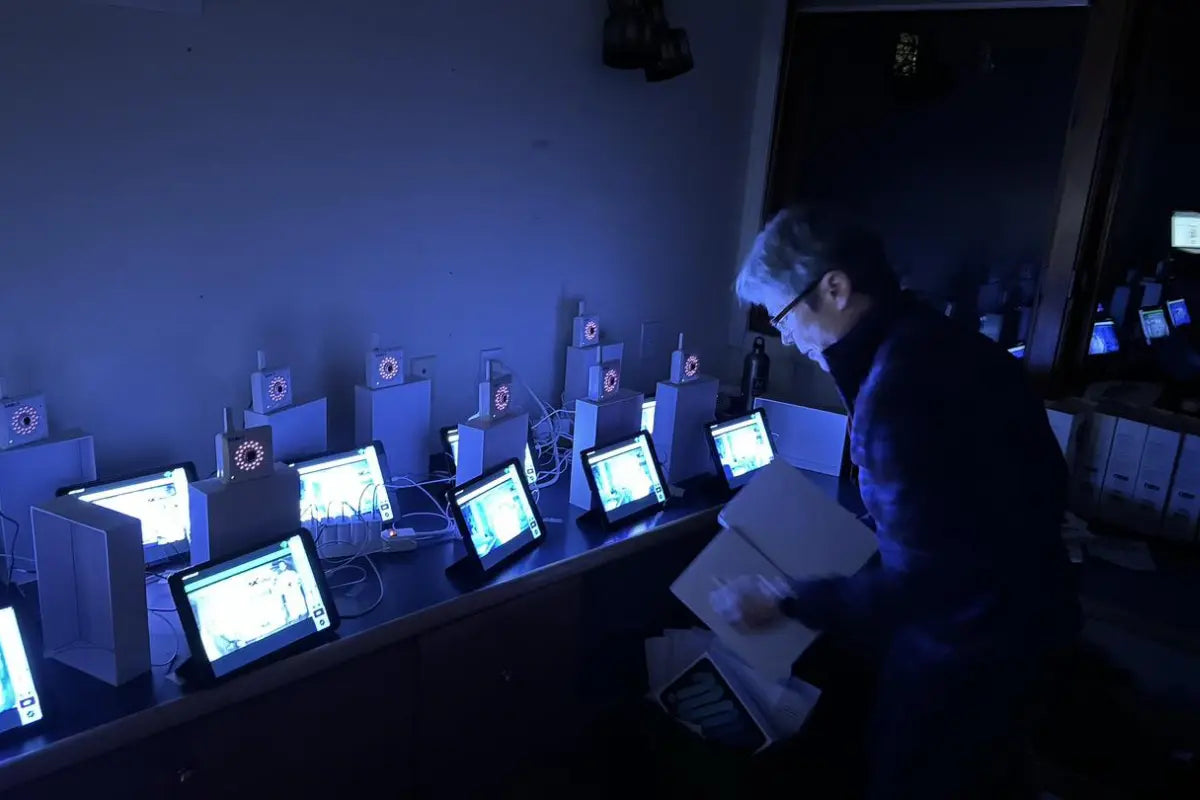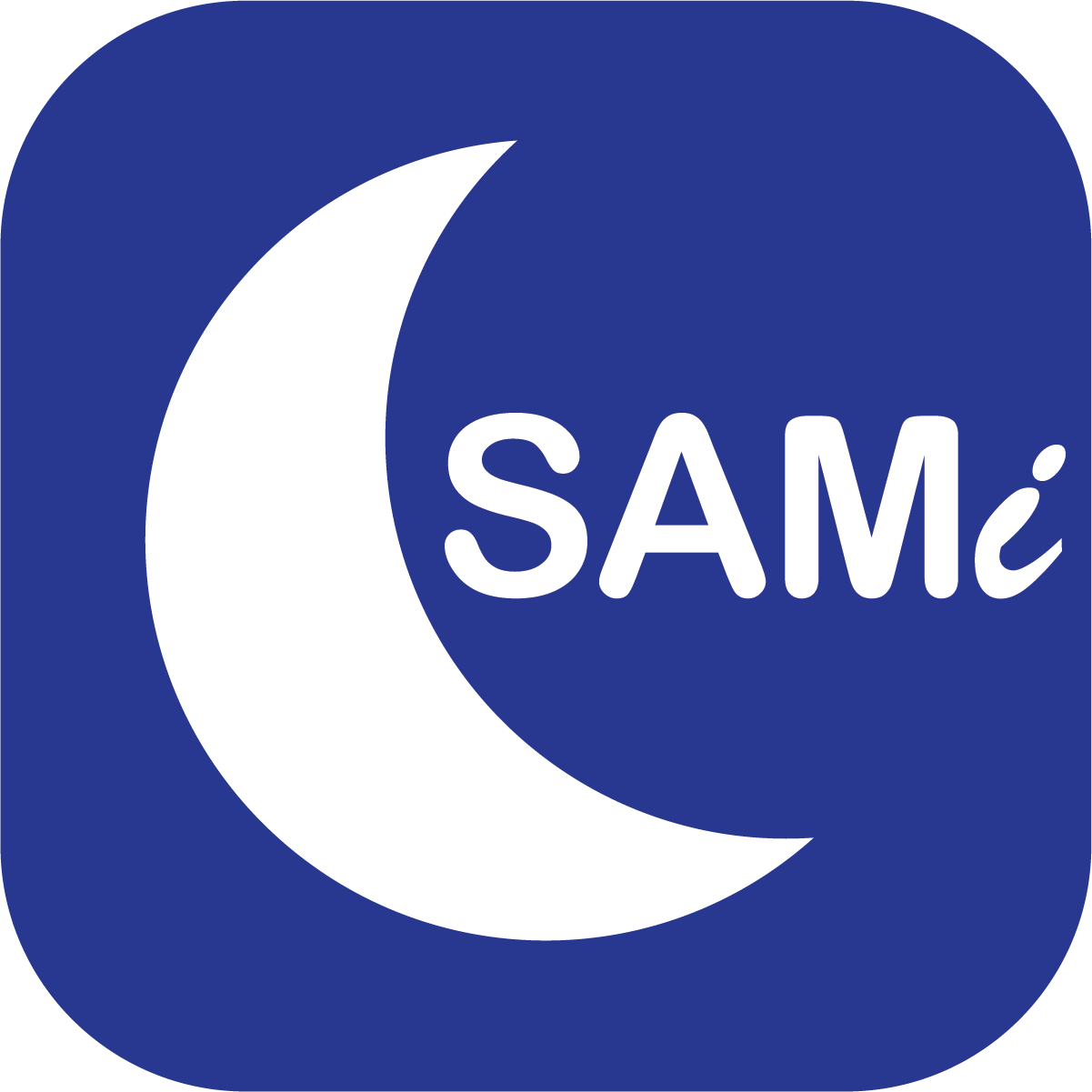Managing seizure disorders, particularly at night, poses a significant challenge for many. Nighttime is a critical period because monitoring becomes more difficult, and the risk of unnoticed seizures increases. For individuals with epilepsy and their caregivers, this can lead to heightened anxiety and fear of possible dangers that might occur while the patient is asleep. Seizures during sleep can have serious consequences, including the risk of injury and the increased potential for SUDEP (Sudden Unexpected Death in Epilepsy). Therefore, it's crucial to have reliable measures in place for nighttime seizure monitoring to ensure safety and prompt intervention if necessary.
The Spectrum of Seizure Monitoring Technologies
Wearable Devices
Wearable seizure monitoring devices have revolutionized how seizures are detected and managed. These gadgets, often worn on the wrist or as a chest strap, continuously track vital signs such as heart rate and body temperature, as well as movements that may indicate a seizure. The sophistication of these devices allows for the differentiation between normal sleep movements and those characteristics of a seizure, alerting caregivers or medical personnel in real-time.
Bed Sensors and Mats
Another innovative approach to nighttime seizure monitoring involves the use of bed sensors and mats. These devices are designed to detect unusual movements or physiological changes that occur during a seizure, such as increased heart rate or excessive tossing and turning. Placed directly under a mattress or on top of a bed sheet, they are sensitive enough to monitor for signs of distress without causing discomfort to the sleeper. This non-invasive method provides a seamless way to keep an eye on those at risk, offering peace of mind to both individuals and caregivers.
Video and Audio Monitoring Systems
For comprehensive surveillance, video and audio monitoring systems offer a robust solution. These home-based seizure monitoring systems can be set up in a bedroom or living area to provide 24/7 observation. Advanced models come equipped with motion detection and sound recognition technology, capable of identifying seizure-related movements or noises. This level of monitoring is particularly beneficial for individuals who experience nocturnal seizures, as it allows for immediate awareness and response from caregivers or family members. Furthermore, the recorded footage can be a critical tool for doctors to understand the nature and severity of the seizures, facilitating a more accurate diagnosis and treatment plan.
Benefits of Continuous Nighttime Monitoring
Enhancing Safety and Peace of Mind
Knowing that an effective monitoring system is in place can significantly reduce anxiety for both patients and caregivers, especially during the night. This peace of mind is invaluable, as it allows for a more restful sleep, knowing that any signs of a seizure will prompt an immediate alert. This safety net can make all the difference in preventing injuries or other complications that can arise from unattended seizures.
Contributing to Personalized Care
The detailed data collected by seizure monitoring devices play a crucial role in the personalization of care for epilepsy patients. By analyzing patterns in seizure occurrence, duration, and possible triggers, healthcare providers can tailor treatment plans to the individual's specific needs. This data-driven approach ensures a more targeted and effective management strategy, potentially leading to a reduction in seizure frequency and severity.
Facilitating Timely Interventions
Seizure monitoring technology enables immediate detection of seizures, ensuring that help can be provided as quickly as possible. Whether it's administering emergency medication, repositioning to prevent injury, or calling for medical assistance, the prompt response facilitated by monitoring devices can be life-saving. Additionally, the ability to intervene quickly can help to minimize the physical and psychological impact of the seizure on the individual.
Reducing the Risk of SUDEP
One of the most significant benefits of continuous monitoring is the potential to reduce the risk of Sudden Unexpected Death in Epilepsy (SUDEP). While the exact causes of SUDEP are not fully understood, it is believed that monitoring and timely intervention can play a key role in prevention. By ensuring that individuals are not left alone during seizures and that any signs of distress are promptly addressed, monitoring technologies contribute to a lower risk of SUDEP, offering an additional layer of protection for those most vulnerable.
Tailoring Monitoring Solutions: Children vs. Adults
Seizure Monitoring in Children
Children are not just small adults; their physical and emotional needs, activities, and sensitivity to devices differ significantly. Thus, a child-friendly monitoring system must be tailored to accommodate these differences, making the technology not only effective in monitoring seizures but also suitable for a child's daily life. Below are several key features to incorporate:
-
Non-invasive and Comfortable: It's imperative that devices designed for children are non-invasive and gentle on their skin. Children's skin is more sensitive than that of adults, making it crucial for monitoring devices to be made from hypoallergenic materials that prevent irritation. Comfort is also paramount, as devices that cause discomfort are less likely to be worn consistently, especially through the night or during the day for extended periods. Achieving this balance ensures that the child can be monitored continuously without any negative impact on their comfort or well-being.
-
Durable and Waterproof: Given the nature of children's activities, which often involve rough play, devices must be built to withstand a significant amount of wear and tear. Durability is a key feature, as is waterproofing, to protect against accidental spills, rain, or during activities like bathing. This resilience ensures the device's longevity and reliability, meaning parents can depend on the system to function correctly, regardless of the child's activities.
-
Engaging Design: Attracting a child's interest and ensuring their willingness to wear the device consistently can be achieved through engaging designs. By incorporating elements that children find appealing, such as bright colors, themes, or characters from popular culture, the device becomes less of a medical tool and more of a personal accessory. By using this strategy, a child's acceptance and regular usage of the device can be greatly increased, which will improve the monitoring system's overall efficacy.
-
Simple for Caregivers to Use: For caregivers, the ease of use of the monitoring system is crucial. The system should offer straightforward operation, with intuitive interfaces and customizable alerts that cater to the caregiver's preferences. The management of seizures is made less stressful and more efficient by this simplicity, which guarantees that parents and other caregivers can promptly comprehend and react to signals.
-
Educational Components: Including educational components in the system benefits both parents and children by providing them with valuable information on seizure management. This education can take various forms, such as interactive apps or information booklets, and can help explain epilepsy, making the condition more manageable for the family. Empowering families with knowledge not only enhances the effectiveness of the monitoring system but also fosters a more informed and supportive environment for managing epilepsy.
Creating an epilepsy seizure monitoring system that meets these criteria can significantly improve the quality of life for children with epilepsy and their families. By focusing on non-invasive comfort, durability, engaging design, simplicity for caregivers, and educational components, developers can ensure that their systems provide effective monitoring while being embraced by the children they are designed to protect.
Considerations for Adult Seizure Monitoring
When shifting focus to seizure monitoring for adults, the emphasis lies on integrating the technology seamlessly into their lifestyle. The functionality needs to support independence, with features designed for self-management of the condition. Adults also require devices that can accommodate the demands of their professional lives, offering discretion and reliability during work hours. Moreover, adult systems can leverage more complex data analytics, given the potential for adults to engage more deeply with tracking and managing their health information.
The Role of Customizable Alerts and Notifications
This flexibility allows individuals or caregivers to set thresholds for alerts that match the severity and frequency of the seizures experienced. For parents, being able to adjust the sensitivity of notifications means they can be alerted to major events while avoiding unnecessary disturbance for minor movements that are not seizure-related. Adults, on the other hand, might prioritize discretion and choose to receive alerts through subtle means, like a vibration on a wearable device, ensuring they can manage their condition privately without drawing unwanted attention in social or professional settings.
The Role of Apps and Digital Platforms in Seizure Monitoring
Features and Functions
These apps allow for the detailed logging of seizure activity, including timing, duration, and seizure type, providing invaluable data for both the individual and their healthcare providers. Additionally, many apps incorporate medication tracking, reminders to take medication, and the ability to generate reports that can be shared with a medical team. This comprehensive approach to self-management supports better-informed discussions about treatment plans and adjustments.
Community and Support
In the journey of managing epilepsy, the value of community and support cannot be overstated. Individuals living with epilepsy often face unique challenges that can be difficult for those outside the community to fully understand. Many apps now include features that allow users to connect with others who are facing similar challenges. These platforms can offer:
-
Forums for Sharing Experiences and Advice: One of the most valuable aspects of community platforms is the provision of forums where individuals can share their experiences and advice. These forums act as a haven where empathy and understanding flourish, offering a space for individuals to connect with others who truly comprehend the intricacies of living with epilepsy. Sharing stories and solutions can not only provide emotional relief but also practical insights that help in managing daily challenges. The collective wisdom found in these communities is often a powerful tool in coping with epilepsy.
-
Access to Resources and Information: In addition to emotional support, these platforms often serve as a vital source of information and resources. From updates on the latest epilepsy research to practical tips for daily living, access to accurate and relevant information empowers individuals to take an active role in managing their condition. This access can be transformative, enabling people to stay informed about new treatments, lifestyle adjustments, and coping mechanisms that can improve their quality of life.
-
Opportunity to Join Support Groups or Participate in Events: Beyond digital platforms, the opportunity to join support groups or participate in events aimed at raising awareness about epilepsy is another significant benefit. These real-world connections foster a deeper sense of community and belonging, offering individuals the chance to meet others face-to-face, share experiences, and support each other more tangibly. Events focused on epilepsy awareness also provide a platform for advocacy and education, further strengthening the community's bond and its collective voice in society.
By fostering an environment of empathy, understanding, and shared knowledge, these platforms help individuals navigate the challenges of epilepsy not in isolation, but with the strength and support of a community behind them. This collective approach to managing epilepsy not only enhances individual well-being but also contributes to a broader awareness and understanding of the condition, ultimately leading to a more supportive and informed society.
Privacy and Security
As we increasingly rely on digital tools for health monitoring, concerns about privacy and security naturally arise. Seizure monitoring apps and platforms must employ robust data protection measures to safeguard users' health information. This includes secure encryption of data, transparent privacy policies, and giving users control over how their data is used and shared. Trust is a foundational element in the effectiveness of these digital tools, ensuring that individuals feel safe in using these platforms to manage their health.
Advances in Non-Invasive Monitoring Techniques
The Potential of AI and Machine Learning
These technologies are being harnessed to analyze vast amounts of data collected from non-invasive seizure monitoring techniques, to identify patterns and predict when a seizure might occur. The ability to anticipate seizures could revolutionize treatment plans, allowing for preemptive measures to be taken to mitigate the seizure's impact or potentially prevent it altogether. This predictive capability signifies a monumental shift towards proactive rather than reactive management of epilepsy.
Challenges and Opportunities
Ensuring the accuracy and reliability of these devices remains a paramount concern, as false positives or negatives can have serious implications for patient safety and trust in the technology. As discussed previously, the integration of these technologies into the healthcare system poses logistical and ethical questions, particularly regarding data privacy and the potential for over-reliance on technology. Despite these challenges, the opportunities for improving epilepsy management through non-invasive monitoring are vast, with ongoing research and development poised to further enhance the efficacy and user-friendliness of these technologies.

The intersection of technology, medicine, and community support will continue to play a pivotal role in shaping epilepsy care. The advancements in monitoring technologies are not just about detecting seizures; they are about creating a framework for a safer, more informed, and empowered approach to epilepsy management. This journey, though filled with challenges, holds the promise of a brighter future for individuals with epilepsy and their loved ones, a future where sleep safety and overall quality of life are significantly enhanced through innovation and collaboration.





